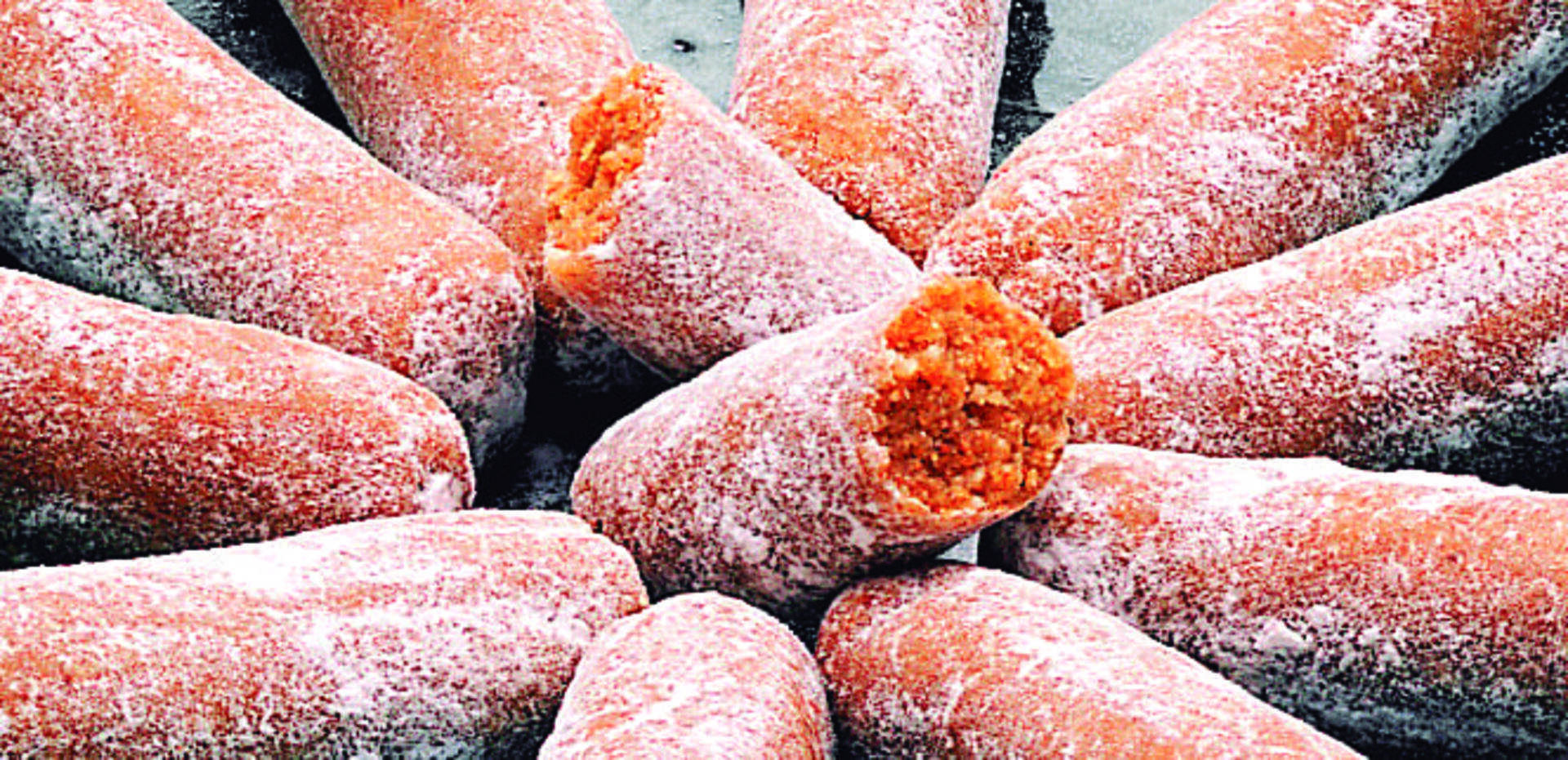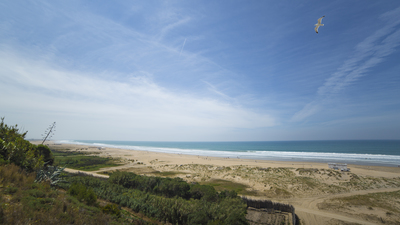Medina Sidonia, the birthplace of the alfajor

Phoenicians, Romans, Byzantines, Arabs... the town of Medina-Sidonia is over 3,000 years old and one of the oldest and most historic towns in the entire province of Cadiz. The cultural wealth is just as vast as its gastronomy. Its traditional Andalusian sweets and desserts are popular all over the world. Especially one: the alfajor.
The alfajor or alajú. as it is still called in this town, is the most iconic sweet in Medina-Sidonia. Since 2004 it has been the first sweet in Andalusia to get a Protected Geographical Indication. Its name comes from the Arabic term "al-hasú", which means "filled". It tastes of honey and nuts, with a hint of spices such as cloves, anise, sesame, coriander and cinnamon.
A curious fact is that it can be considered a precursor to current energy bars. Thanks to the nutritional properties of its ingredients and the fact that is can be preserved for a long time, the alfajor was widely consumed and appreciated as a food supplement on long journeys during the Middle Ages.
Despite being considered one of the oldest sweets in Europe, the alfajor recipe has remained practically unchanged since the Middle Ages, and is passed on from parents to children, preserving its particular idiosyncrasy. Just a small bite takes us back to bygone times.
In the streets of Medina-Sidonia, its smell mixes with other typical delicacies such as torta parda, amarguillos and piñonates. Delicious morsels that you shouldn't miss if you ever visit this historic town in Cadiz.












